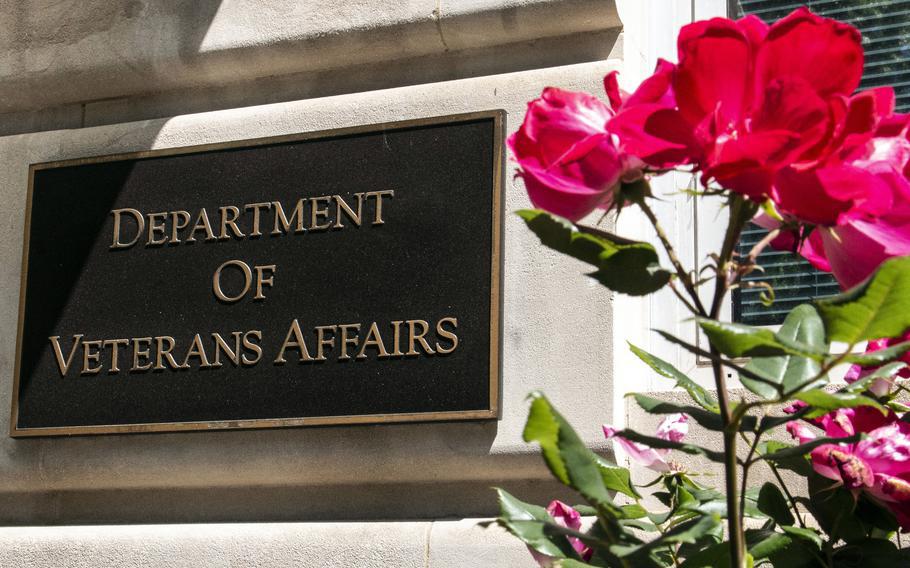
The Department of Veterans Affairs is being urged by senators to find a balance between referring veterans to private community doctors and ensuring the same level of care is offered at VA clinics and hospitals. The VA is experiencing a sharp rise in the number of veterans seeking referrals to private doctors in their communities. (Stars and Stripes)
WASHINGTON — A sharp rise in the number of patients that the Department of Veterans Affairs refers to private community-based doctors for medical care is emptying VA exam rooms and eroding services, senators said.
Nearly 40% of the “VA total care workload” last year was delivered at community medical facilities, said Sen. Jon Tester, D-Mont., chairman of the Senate Veterans’ Affairs Committee.
Demand for community care is rising 16% to 20% yearly as veterans seek referrals from the VA to see private doctors, he said.
“This is not sustainable,” Tester said Wednesday at a hearing on the VA’s $370 billion proposed budget for 2025.
Under the Mission Act, which became law in 2018, veterans can seek private care in their communities when they cannot access the VA medical care that they need close to home and in a timely manner.
Tester urged VA Secretary Denis McDonough to find the “right balance” between offering VA and referring veterans to community care.
But McDonough said the ability of veterans to access community care is statutorily granted.
“The VA has always relied on the community. But we need to make sure this is a decision based on quality outcomes and not just a question of convenience,” he said. “I want us to compete apple to apple with community providers. We strive to have a conversation with veterans every time they seek a referral for community care what is available in the VA system.”

Department of Veterans Affairs Secretary Denis McDonough testifies Thursday, May 2, 2024, on Capitol Hill at a Senate Appropriations subcommittee hearing about the 2025 VA budget. (Joe Gromelski/ Special to Stars and Stripes)
Sen. Jerry Moran, R-Kan., said veterans have the right to seek “medical care where and when they need it.”
He said he hears from VA workers that shortages of doctors, nurses and technicians are straining the workforce and increasing wait times, which causes more veterans to seek community care.
Moran said an increasing number of veterans — up to 30% — and their dependents who need emergency treatment are seeking non-VA care at hospitals and urgent care centers.
McDonough said the VA now enables veterans to connect with clinicians by phone about their immediate needs for urgent care. The clinician helps a veteran decide whether to seek care right away or make an appointment with their primary care doctor.
“Sixty percent of callers have their issues resolved on the phone,” he said. “The veteran doesn’t have to get in his car and has the issue resolved in under 30 minutes or less.”
Kristina Keenan, deputy director for national legislative services at the Veterans for Foreign Wars, said Wednesday that her organization has concerns about planned reductions in VA medical staff and a pullback on new construction for renovations and modernization.
The 2025 budget includes a workforce reduction of 10,000 full-time employees, including more than 600 physicians.
Keenan criticized the VA for “over-utilizing community care to address veterans’ health care needs rather than investing in internal capacity.”
She said the VFW estimates costs for the VA to cover veterans’ medical care in the community will increase 13% in 2024, compared to an 8.4% increase to provide the same care at VA facilities. She said the group’s projections are similar for 2025 and 2026.
“This trend must be stopped and reversed,” she said.